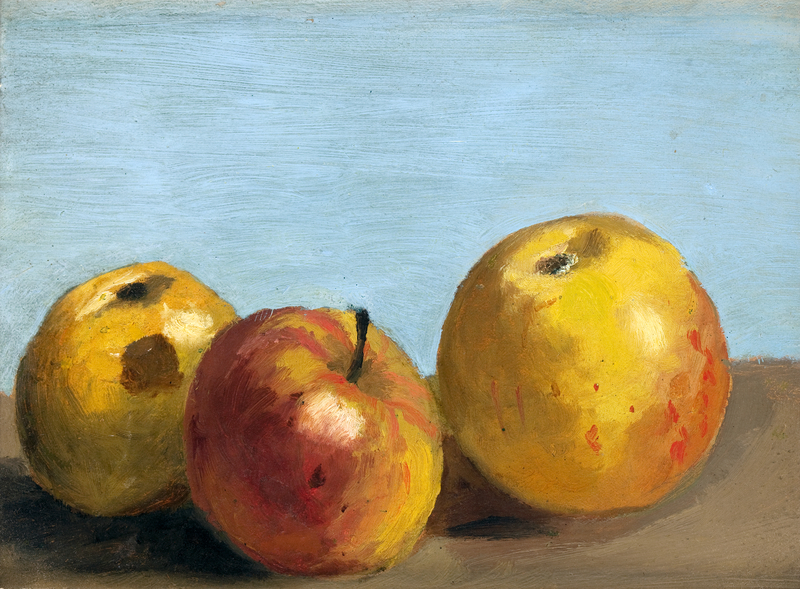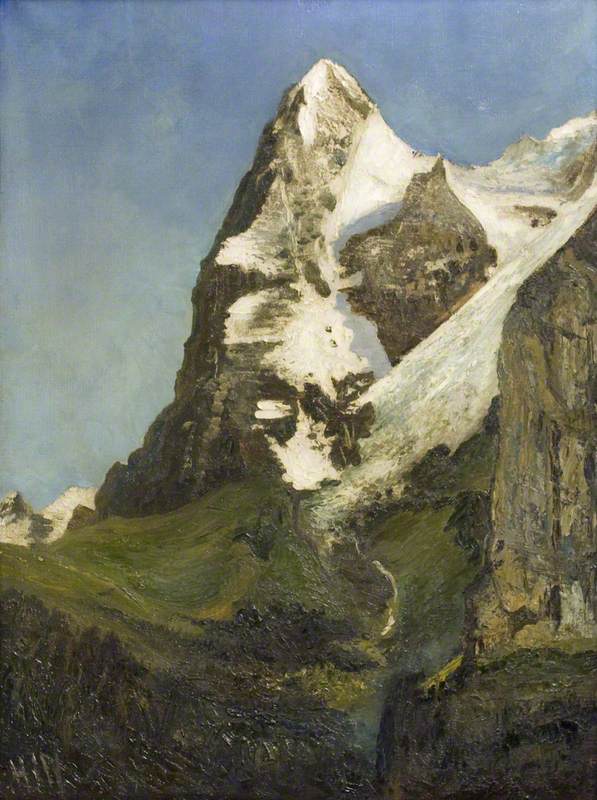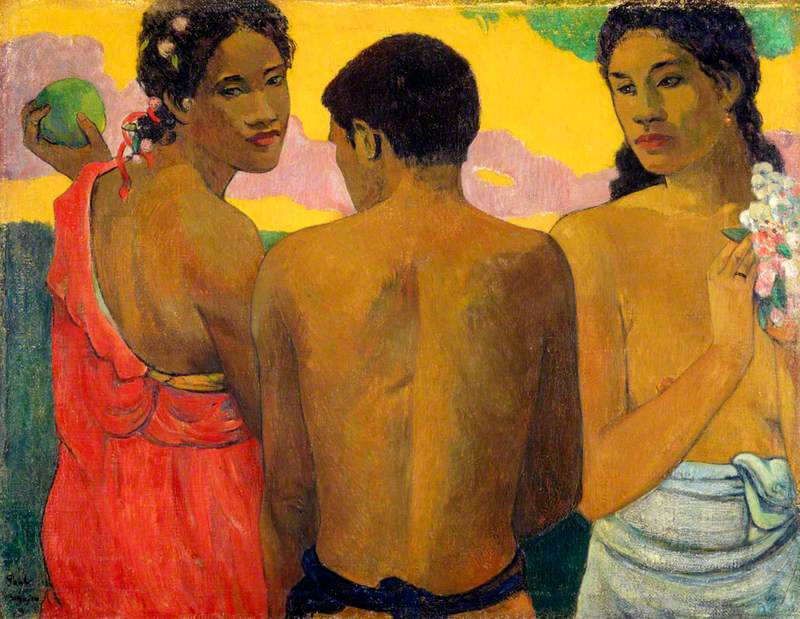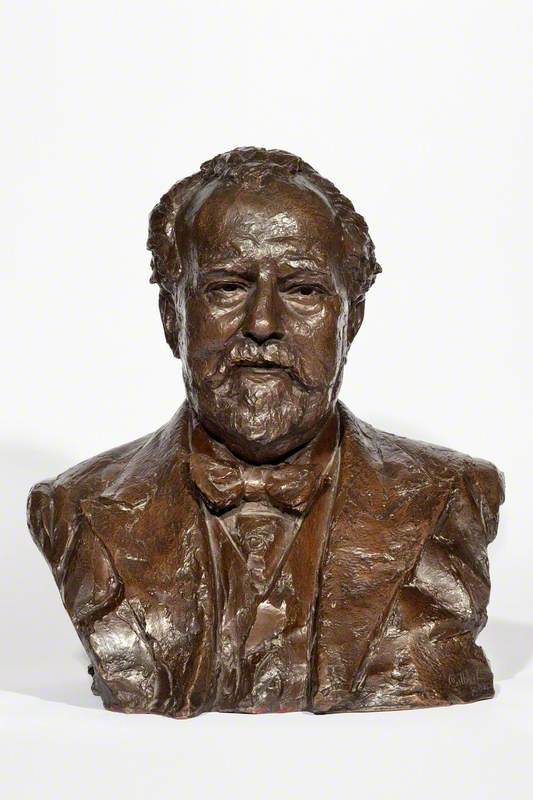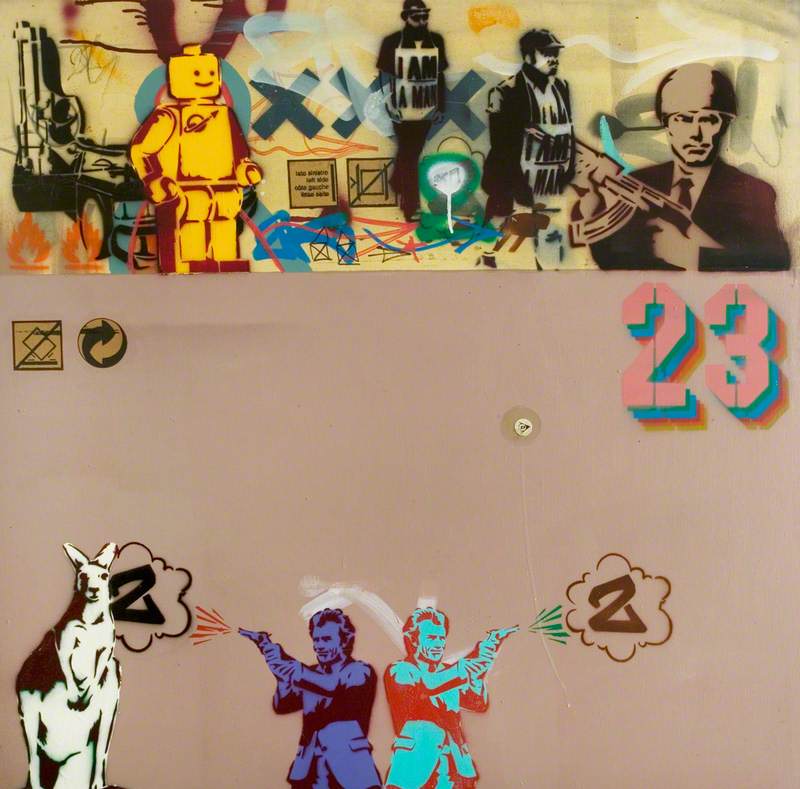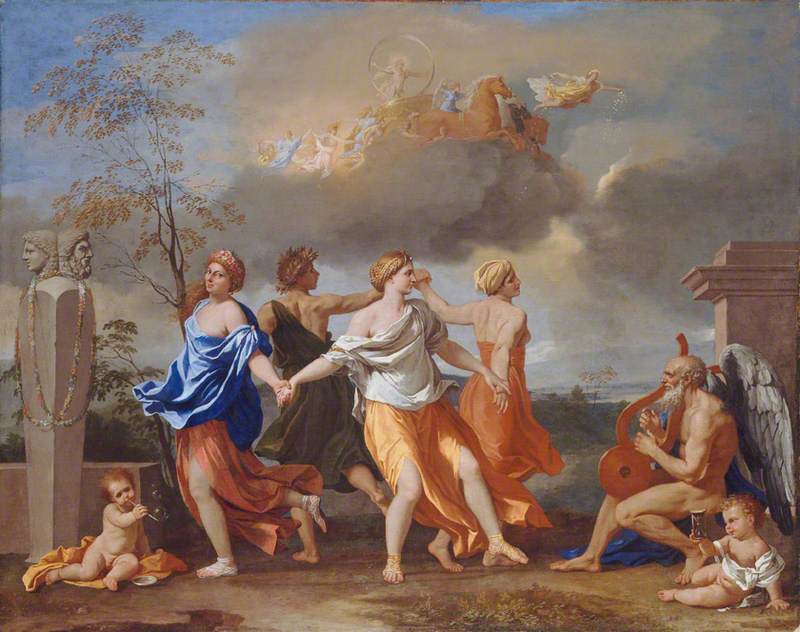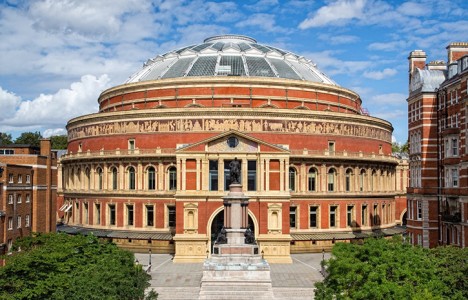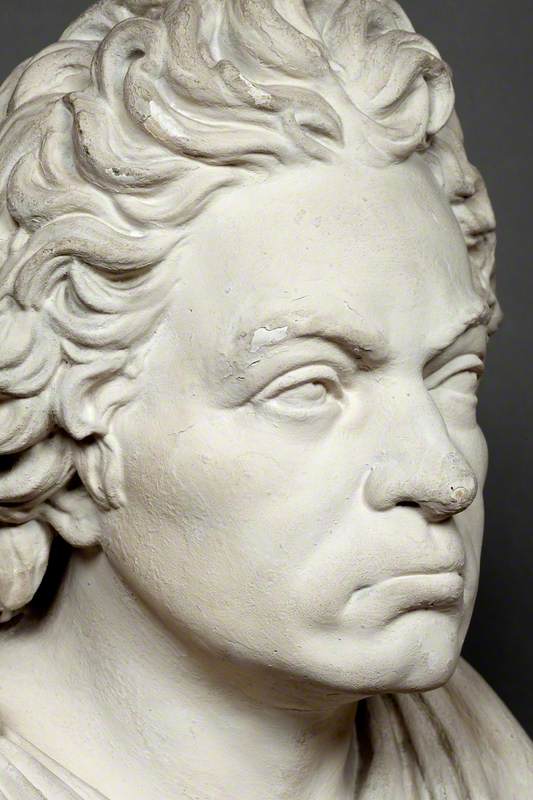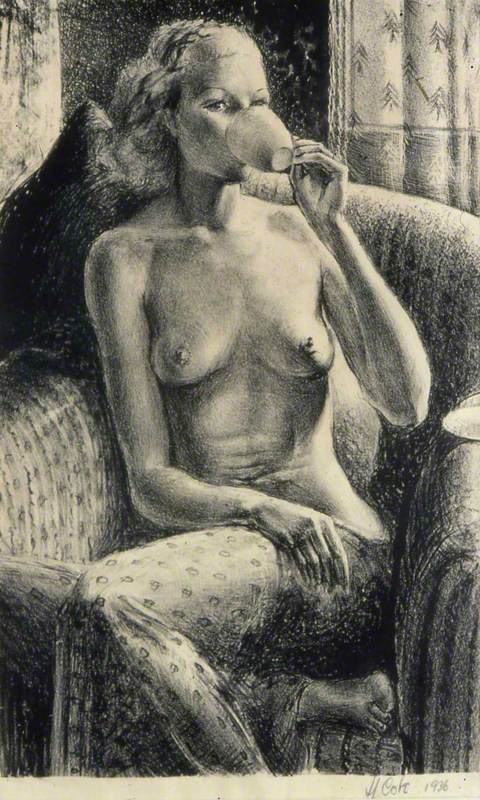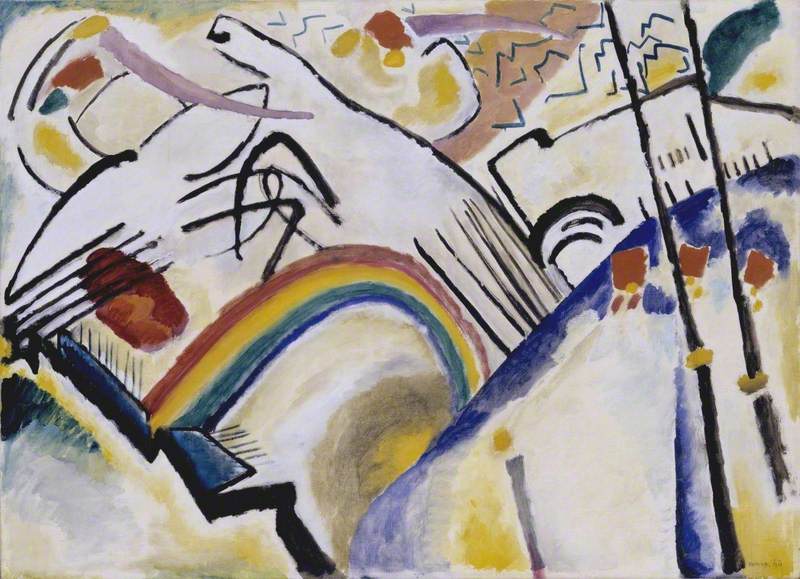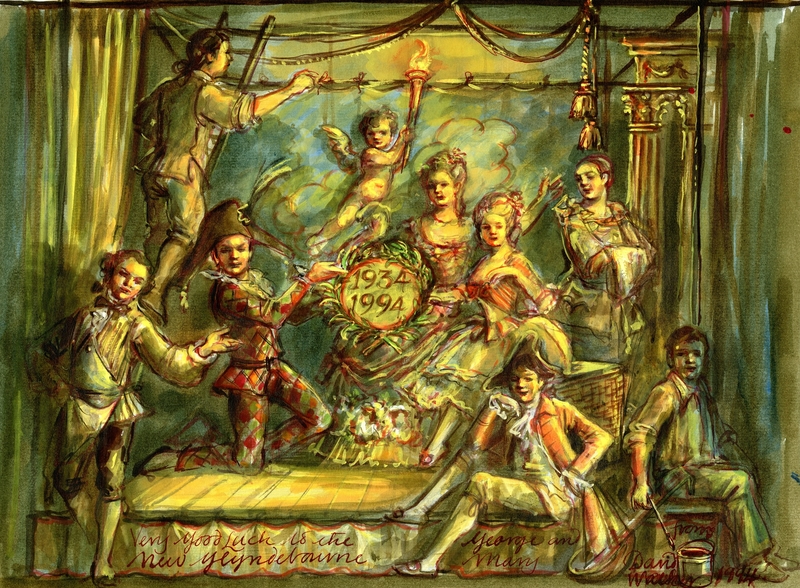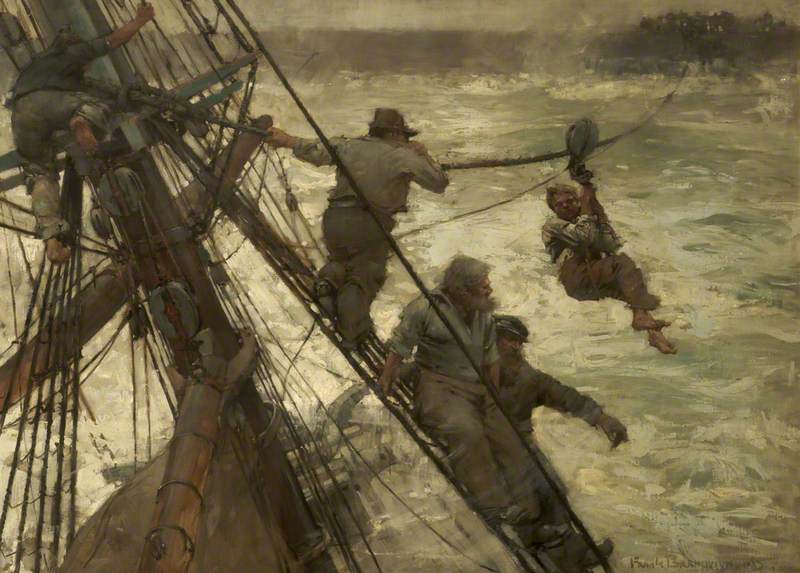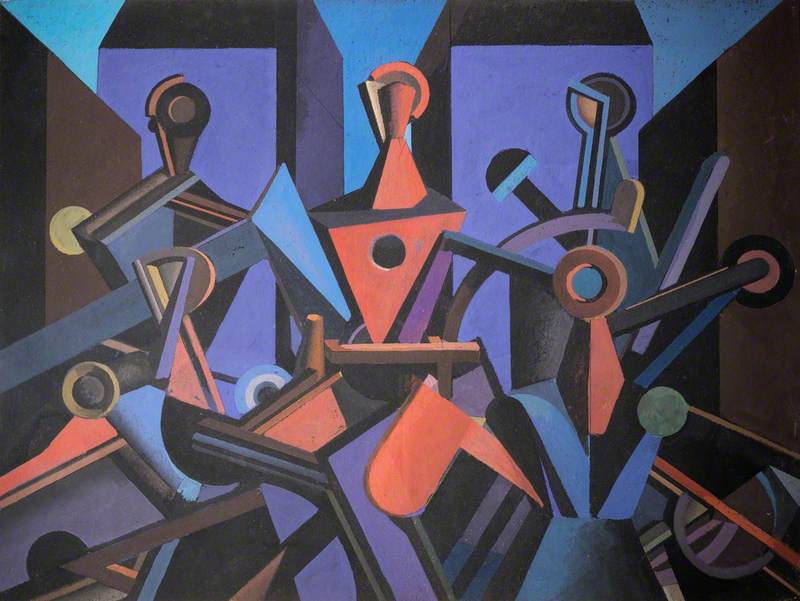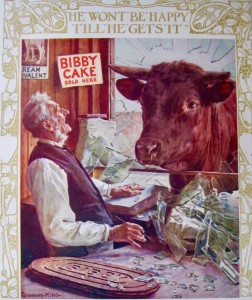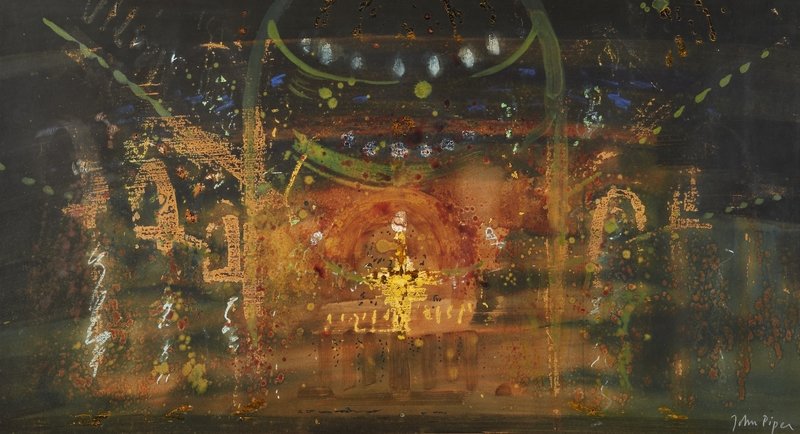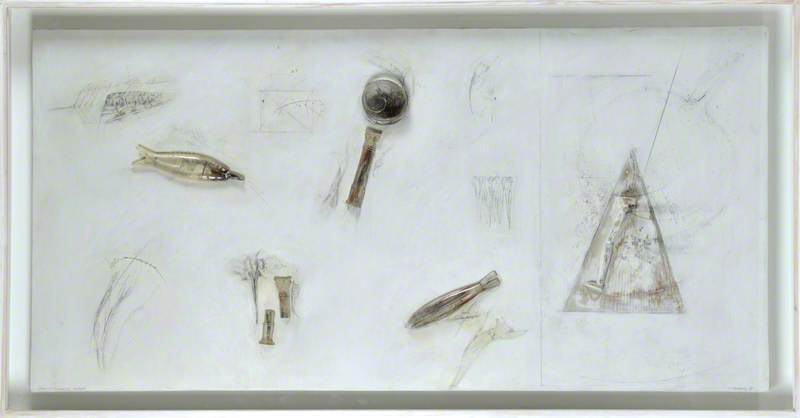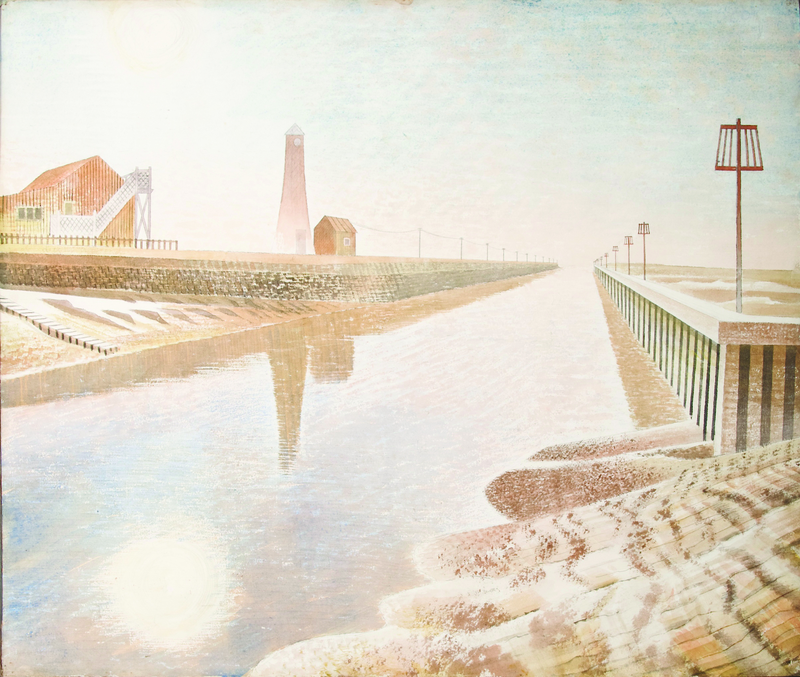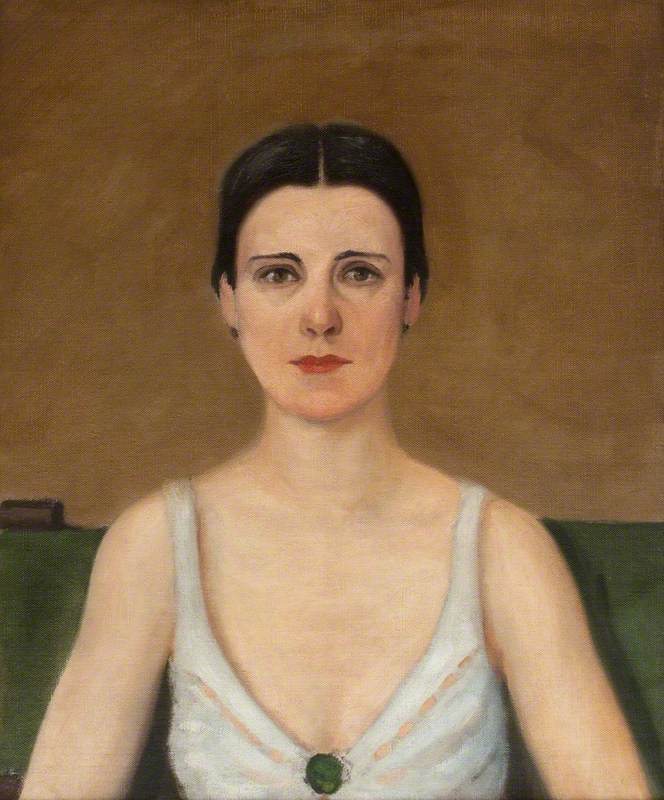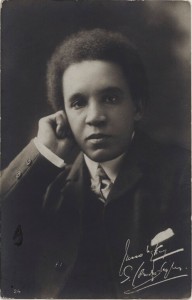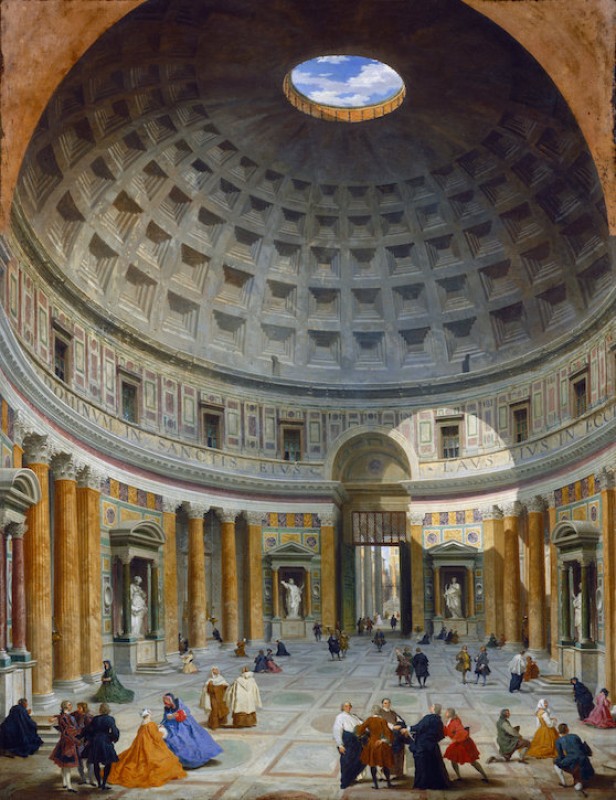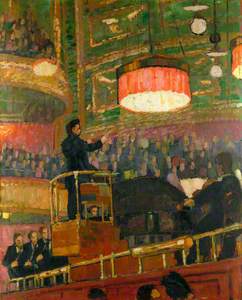Today Sir Henry Wood is famous as the founder of the Proms, and as a celebrated conductor and musician. But his talent as a painter has been forgotten.
Henry Wood painting in Scotland, 1938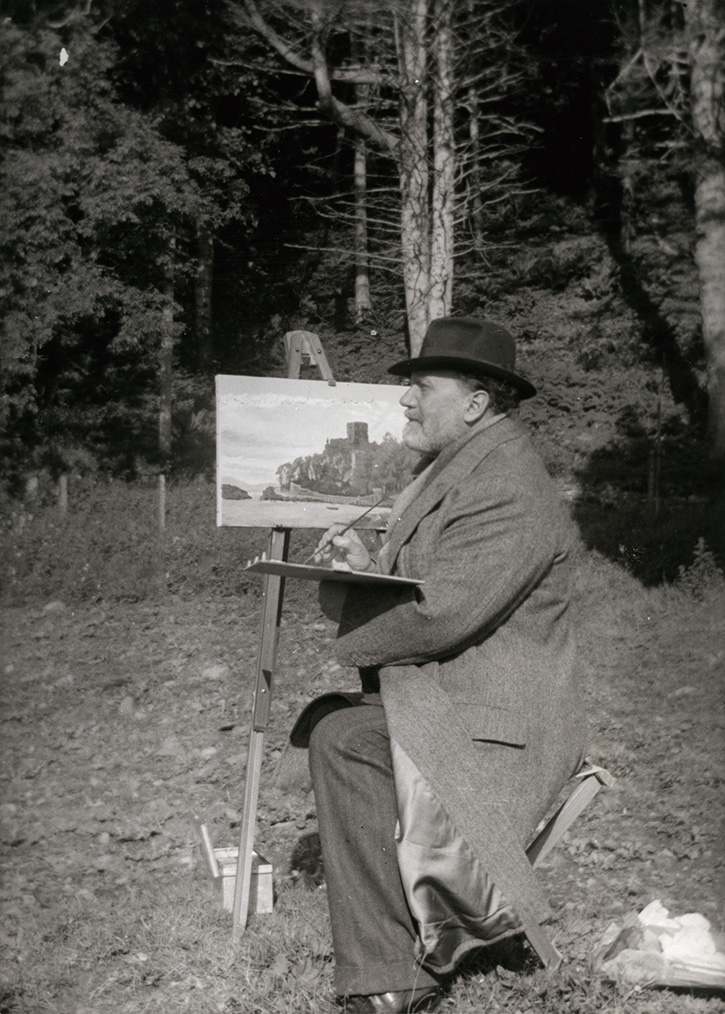
Wood was not only a genius with the baton but a dab hand with the paintbrush. Music may have been his profession, but art was a lifetime hobby.
Never known for his modesty he recalled that, as a schoolboy, he 'carried off every prize for painting, drawing
By the age of 12 he was giving concerts on the organ, but a year earlier in 1880 he produced this accomplished still life of apples.
The picture he painted of himself in his autobiography was not always accurate. He claimed to have entered the Royal Academy of Music when he was 14 when in fact he was 3 years older. He also said he studied art under the greatest teachers at the Slade School of Fine Art – there is no record of his attendance there, although he did take some classes at Heatherley Art School.
What isn’t in doubt is his status as Britain’s first celebrity conductor. While many of his predecessors had been
Sir Henry Wood (1869–1944), in the Queen's Hall
c.1920
Adrian Paul Allinson (1890–1959) 
Wood often compared the various instruments of an orchestra to a palette of
Wherever he
One of Sir Henry Wood's palettes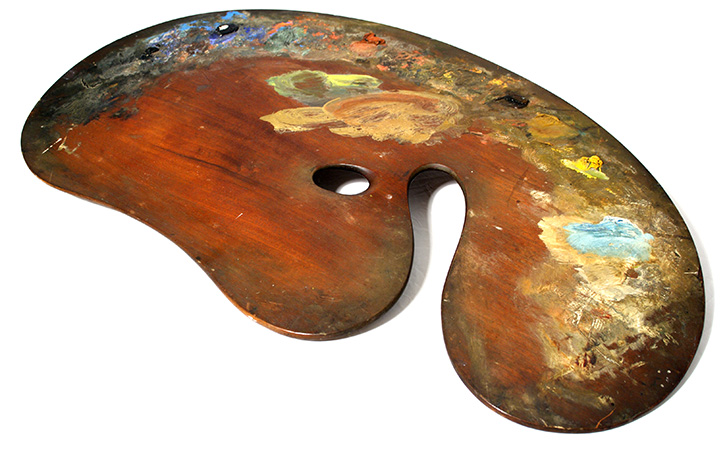
He was particularly proud of his image of the Eiger. 'I cannot tell you,' he wrote to his daughter Tania, 'the inner joy and satisfaction looking at the Eiger, for four or five mornings, gave me – it is a living and lifelong experience.'
His approach to music was more adventurous than his art which was solidly representational – not unlike the paintings of his near contemporary Sir Winston Churchill. While in music Wood embraced the avant-garde, promoting composers such as Bartók, Stravinsky and Poulenc (another amateur painter) he expressed disgust in 1910 at the groundbreaking London exhibition of Post-Impressionist art which introduced such painters as Cezanne, Van Gogh and Gauguin to the British public.
Wood had by this time achieved some recognition as a painter. When in 1911 he staged an exhibition of 50 oil sketches at the Piccadilly Arcade Gallery he was pictured on the front page of the Daily Mirror in his painter’s smock. The show raised the equivalent of £15,000 for retired orchestral musicians.
Away from London, Wood spent much of his time with his second wife Muriel and their two daughters at their house at Chorleywood in Hertfordshire. When he wasn’t painting he was often to be found in a barn where he had a carpentry workshop. He also played tennis, very badly.
A Garden Landscape, Chorleywood
c.1936
Henry J. Wood (1869–1944) 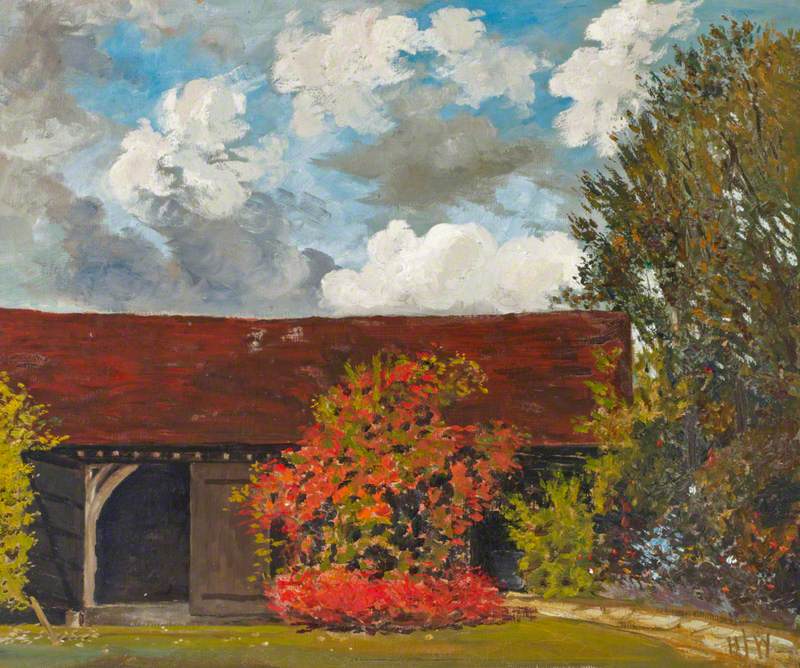
The family was torn apart when Wood went off with the recently widowed Jessie Linton who had been one of his singing pupils. When Muriel refused a divorce Jessie changed her name by deed poll to ‘Lady’ Jessie Wood leading many to believe that she had become Sir Henry’s wife.
Jessie, who outlived Wood by 34 years, did much to preserve his legacy. She bequeathed several of his paintings to the Royal Academy of Music, as well as the famous bronze bust by Sir Donald Gilbert that sits in front of the organ during the Proms and is garlanded by promenaders on the last night. For the remainder of the
Until now the paintings have been more or less forgotten but, as the Proms get underway for another season, it’s worth remembering that Sir Henry Wood was an artist in more ways than one.
James Trollope, author
